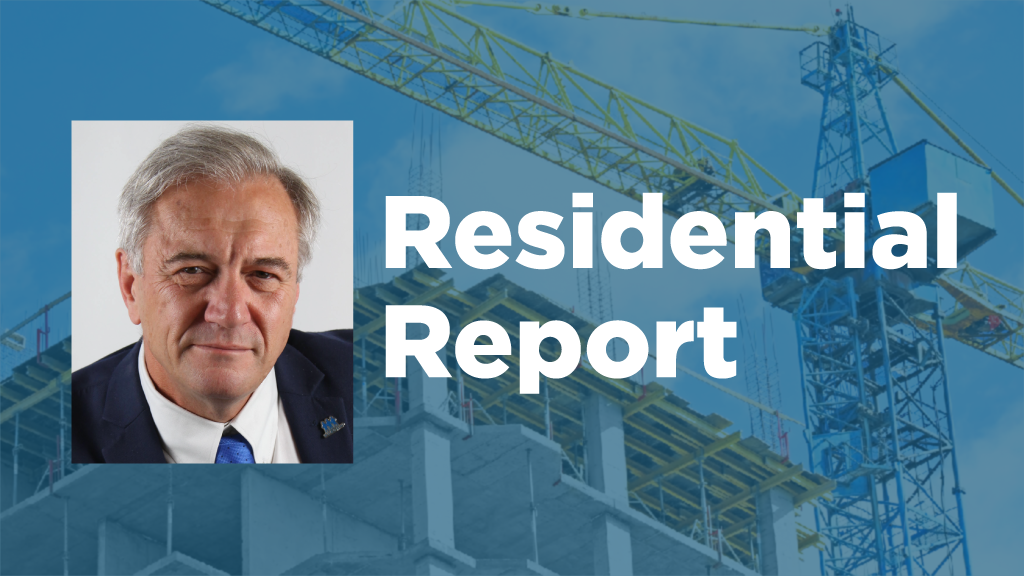Fixing Ontario’s housing supply and affordability crisis is a daunting task.
However, it can be done if all levels of government and the residential construction industry stakeholders are rowing in the same direction.
Let me explain.
To build the housing that’s needed, we need to cut red tape and dramatically speed-up the development approvals process, bring in more immigrants with construction skills, and embrace technology.
While high interest rates, inflation and material shortages are taking a toll on the homebuilding industry, we can lay the foundation for a brighter future by tackling these three very important issues.
The length of time it takes to get projects approved is appalling.
For example, the average approval timeline for a project in Toronto was a whopping 32 months in 2022, up from 21 months in 2020, according to a study done recently for the Canadian Home Builders’ Association by Altus Group.
Embarrassingly, municipalities in the Greater Toronto Area are among the 10 lowest ranked regions in Canada when it comes to the approvals process, time it takes to get projects approved, and government charges per square foot imposed on new low- and highrise housing development.
The City of Toronto, for example, was ranked 18th worst on a list of 21 communities across the country, followed by Pickering in 19th spot, Bradford West Gwillimbury at 20th and Markham in 21st. For approval timelines, Toronto was 20th on the list, and for government charges it was in last place.
The municipalities must find ways to deal with development applications more swiftly. Staff at the City of Toronto have been directed to bring back a report in March on how to put a housing plan into action. The plan will entail a broad range of initiatives to substantially advance policy changes.
We are encouraged by the commitments to change zoning policies to prioritize housing construction, increase zoning permissions on major streets and expand permissions for additional housing forms.
A new development and growth division being set up at the city should also help as the premise is to streamline the approvals process and fundamentally change how development applications are handled. Regulatory processes are presently denying many builders the opportunity to build homes.
We obviously also need an appropriate supply of labour. We must focus on educating young people about the opportunities that are available in the skilled trades. However, we can not address the looming shortage of skilled trades through domestic training alone.
It is critical that we ensure immigrants coming into Canada have the skills to contribute to residential construction.
Based on current forecasts, more than 42,000 construction workers, or nearly one quarter of the current labour force, is set to retire in the GTA alone by 2030. Thousands of additional workers will need to be hired and trained to replace the retiring workers. It is crucial that we step up efforts to attract youth to the industry, increase the number of workers with specialized skill sets in construction that can be brought into the country, and raise our efforts to recruit construction-related trades from foreign countries.
The immigration system has disproportionately favoured applicants with formal education, certification, language skills and financial resources. Most voluntary trades do not have these credentials. Instead, they have specialized skills sets that are required to build houses, condos and apartments. The system must be changed so that workers with skills in homebuilding are prioritized.
To build more homes faster, the industry must also make use of technology. We must have a streamlined, digitized approvals and e-permitting process that is standardized across all municipalities. We must also embrace modular construction and new technology like digital twinning.
Unfortunately, Canada is lagging when it comes to such innovation. We rank 34 out of 35 Organization for Economic Co-operation and Development countries in the length of time it takes to secure approval for a general construction project. The World Bank has ranked Canada 64th out of 190 countries in construction permitting. We also have the lowest housing supply amongst all G7 countries.
Modular construction, for one, is being used with great success in countries like Sweden, Japan and Singapore. Poland and the U.S. are now testing the waters with prefabricated and off-site production.
Digital twinning, meanwhile, allows developers to build a virtual model of a structure in a computer and test what will happen if they make changes to the building. By designing a digital representation of a real-world scenario, they can instantly figure out better ways of building housing.
The Ontario government has set a target to build 1.5 million homes by 2032. The Canada Mortgage and Housing Corporation now figures 1.85 million homes need to be built in Ontario by 2030.
We must look at bold solutions.
Richard Lyall is president of the Residential Construction Council of Ontario. He has represented the building industry in Ontario since 1991. Contact him at media@rescon.com.











Recent Comments
comments for this post are closed